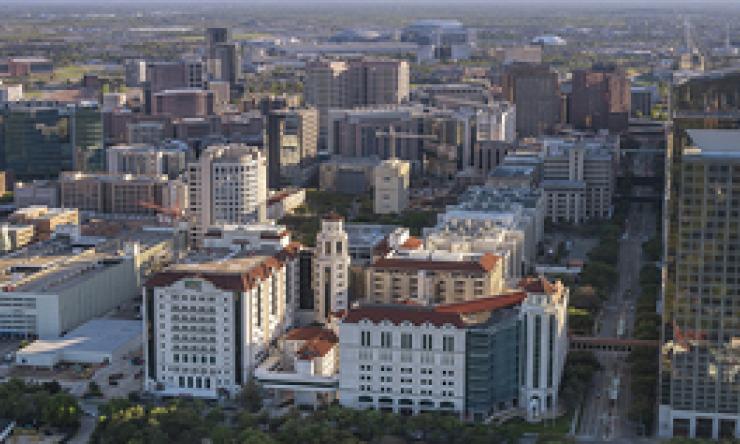About Our Fellowship
The Male Reproductive Medicine and Surgery fellowship is a one-year fellowship under the mentorship of Larry Lipshultz, M.D., professor of urology and the Lester and Sue Smith Endowed chair for Reproductive Medicine at Baylor College of Medicine and Mohit Khera, M.D., M.B.A., M.P.H, professor of urology and the F. Brantley Scott Endowed chair. The fellowship is designed is develop clinical expertise in the diagnosis and treatment of the male patient with infertility, erectile dysfunction, Peyronie’s disease, and hypogonadism.
Dr. Lipshultz and Dr. Khera currently accept three fellows per year. The fellows become experts in the management of male factor infertility, making use of state-of-the-art sperm function testing, genetic testing, and imaging studies. Decisions about assisted reproductive techniques, particularly in how it pertains to sperm acquisition procedures, are made with input from the fellows, Dr. Lipshultz, Dr. Khera, and the reproductive endocrinologists caring for the female partner. The fellow achieves extensive proficiency in microsurgical techniques required to treat the patient with reproductive failure by providing a high case volume of microscopic testicular sperm extractions, vasectomy reversals, and varicocele repairs. Other surgical procedures include prosthetic surgery for erectile dysfunction, intralesional therapies and surgical techniques for treatment of Peyronie’s disease, in addition to a number of general urologic surgeries.
Past fellows have been productive in writing book chapters and developing research projects ranging from basic science to clinical or surgical in nature. Fellows frequently attend and present at national meetings such as ASRM, SMSNA, SCS, and AUA. Fellows have the opportunity to mentor junior residents from the Scott Department of Urology at Baylor College of Medicine residency program both in clinic and in the operating room. Previous graduates of this fellowship have gone on to be well-known experts in andrology at a wide variety of academic centers across the country. Five of our former fellows are urology chairs in this country and abroad.
Admissions
Candidates must have completed an ACGME-accredited general urology program (or Canadian equivalent). Prospective fellows must be eligible for a Texas Medical Board Physician-In-Training permit.
Curriculum
Affiliates
Affiliations with leading research and healthcare institutions in and around the Texas Medical Center, the world’s largest healthcare complex, provide access to an exceptionally diverse array of people and resources. Discover how our affiliations enhance our education programs.
Life in Houston
America's fourth largest city is a great place to live, work and play. Find out why.










